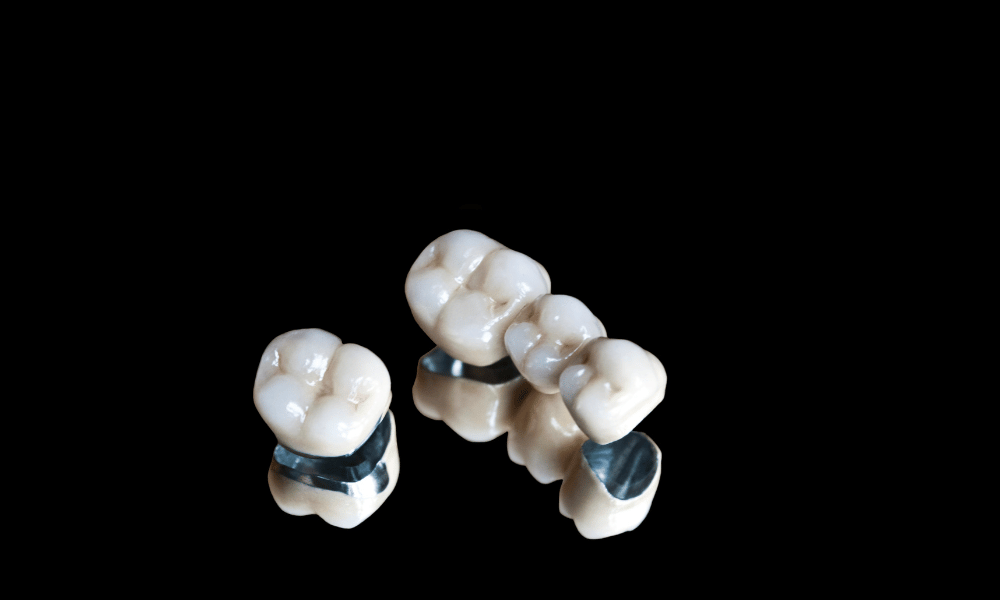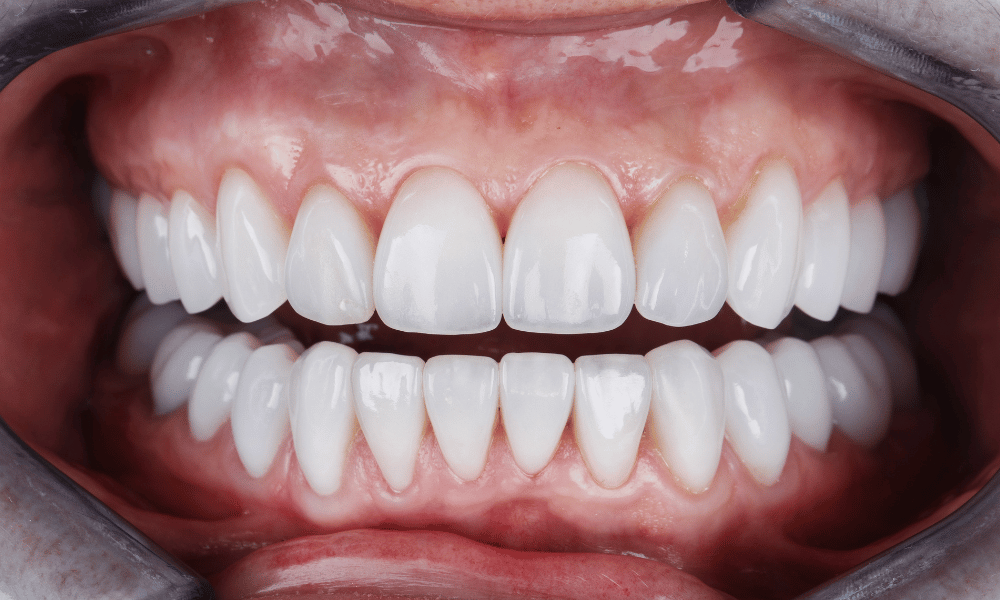February 15, 2023
.png)

Written by:
Greg Schubert
Zirconia crowns have quickly become one of the most popular materials for dental restorations. Both patients and providers appreciate zirconia crowns for their durability, strength, translucency and natural esthetics. The key to a strong, comfortable, and esthetic crown is the proper preparation with the right product. By following careful preparation guidelines for zirconia crowns and accurately adjusting the crown prep tooth, you ensure long-term durability and comfort for your patient.
A careful crown prep procedure is vital for improving the patient experience and plays a vital role in providing patients with a comfortable, long-lasting restoration. There are several advantages to proper tooth prep for crowns, like:
As a result, providers should take special care to ensure accurate measurements and careful shaping of the crown prep tooth
For any crown, two guiding considerations are clearance and circumferential chamfer. However, the most significant factor in determining each is the type of zirconia crown used and where it will be placed. Whether you are prepping for an anterior or posterior crown will lead to a slightly different zirconia crown prep dimensions.
Anterior crowns need an extra level of care and attention to ensure that they not only fit well but also provide the best esthetics. After all, anterior crowns are far more visible when talking or smiling.
For the most comfortable and esthetic anterior crown tooth prep, you should do the following:
As with preparing for an anterior crown, posterior crowns require you to focus on both clearance and circumferential chamfer. However, posterior crowns do differ slightly because the priority is strength and durability for chewing, and posterior crowns provide a different amount of space.
For durable and proper-fitting posterior crowns, you should do the following:
One of the biggest benefits of zirconia is its versatility. However, this does provide you with an extra step in the decision-making process, as you will need to decide between either monolithic or layered zirconia crowns for your patient. The better choice for your patient depends on their specific needs.
Monolithic zirconia crowns are known mostly for their strength. Therefore, monolithic zirconia is the better option for:
Meanwhile, layered zirconia crowns are chosen more often for their more natural-looking and translucent appearance. As a result, layered zirconia is better for:
Although layered zirconia is known as the more esthetic option, monolithic zirconia is becoming increasingly more realistic. Options like ALL-Z Plus Translucent Solid Zirconia crowns provide both the natural translucency of natural teeth and the strength of monolithic zirconia without any porcelain overlay.
Although there are many benefits to using zirconia crowns, certain factors can disqualify a preparation from supporting a zirconia crown at all. In order to support a zirconia crown, the crown prep tooth must not have:
In addition to the above, bevels are not recommended for zirconia crown tooth prep. Similarly, only consider Feather Edge preparations in unique cases. Although they are not recommended, they can be acceptable for full-zirconia crowns. Be sure to consult with your dental lab before using a Feather Edge preparation to ensure that the restoration can properly fit.
Once you fit zirconia crowns, there may be a slight amount of finishing required to ensure maximum comfort and esthetics. After placing the crown, you should remove excess cement to prevent excess plaque formation and use non-cutting finishing burs to finish gingival margins. Using these methods may cause the surface to be slightly rougher, but you can polish the zirconia to ensure a completely smooth surface.
If adjustments are necessary, be sure to use a fine diamond bur that is appropriate for a zirconia restoration and minimize the amount of pressure to prevent heat production. Using water during the adjustments may also help reduce the temperature.
A careful crown prep procedure is a vital part of installing zirconia crowns, but just as important is the quality of the crown itself. When searching for the perfect zirconia crown for your patients, look no further than PRO-Craft Dental Laboratory. We offer multiple types of zirconia crowns to provide patients with full confidence in their smile, including ALL-Z Solid Zirconia crowns, ALL-Z Plus Translucent Solid Zirconia crowns, and PRO-Z Full Layered Zirconia crowns.
When you source your restorations from PRO-Craft Dental Laboratory, you receive realistic, custom-fit, comfortable crowns. Each crown is created using our proprietary polishing process and our custom library for natural tooth morphology, providing maximum function and esthetics. Contact us today to learn more about your options for Zirconia crowns—we don’t just make restorations, but we are experts in our craft, and we are here to support you in every step of the process.

A quality porcelain fused to metal (PFM) crown means nothing if it isn’t prepared properly. PFM crowns have long been some of the most popular options for dental restorations. These crowns provide...
Read More
Proper tooth restorations should balance increasing the functionality and the appearance of a patient’s damaged or decayed tooth while lasting as long as possible. Two of the most common materials...
Read More
Creating beautiful anterior crowns is a challenging art. With their high visibility, anterior crowns can directly impact your patient’s confidence and smile. If you want happy patients, you need to...
Read More